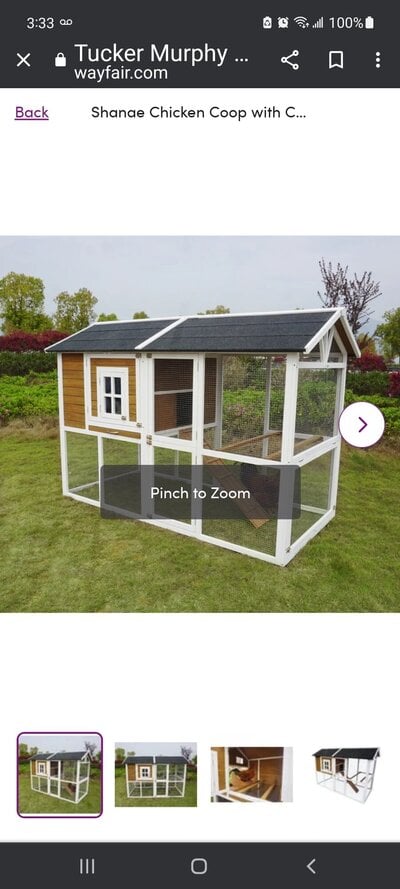Tracielacy
In the Brooder
Hi there, I have a very small coop and run that is much smaller than I thought it would be. I'm a new chicken mom with 4 week old orpingtons. I will have 3-4 chickens total. I am anticipating doing the deep litter method in both coop and run in texas with this coop. I have modified the inside of coop building up walls for deep litter. Will dlm work in my coop and run? I am in a small urban backyard with close neighbors so its very important that it doesnt smell. Below are pics of coop and run before I modified to make the walls deeper in the coop for dlm.
 ?
?
Attachments
Last edited:






 Welcome to the forum! I think you have a very nice setup for the size of flock you expect to keep. Asking questions on how to improve your system is a great way to start off. Whatever advise you decide to use, just remember that it is your decision and you just want to find a way that works best for you and your flock.
Welcome to the forum! I think you have a very nice setup for the size of flock you expect to keep. Asking questions on how to improve your system is a great way to start off. Whatever advise you decide to use, just remember that it is your decision and you just want to find a way that works best for you and your flock. Here are a few of my thoughts for your consideration.
Here are a few of my thoughts for your consideration.